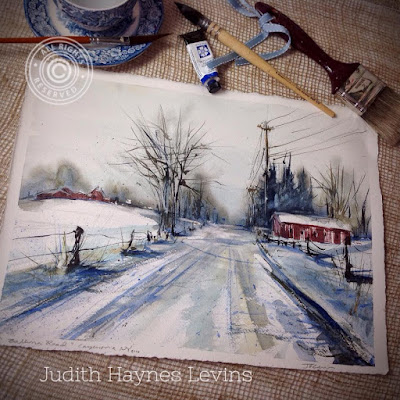Winsor & Newton introduced another limited edition of 6 special paints they are calling the `Twilight Edition'. The colours are inspired by the romance and mystery accompanying the transition from day to night. Once again the paints are listed as Series 3 and are only available in 5ml tubes for a limited period. I believe that they are not available in North America yet. Can't wait for them to arrive
What are we supposed to do if we really like these colours and want them to continue to be produced, especially if you are particularly taken by one or more of them? For example, I'm a big fan of the transparent orange of the previous series and would love to have it as a permanent colour on my palette.
You might be lucky to get your hands on a dot card containing the six colours to try these out. The following dot card refers to the first limited edition but presumably Winsor & Newton will be providing one for the `Twilight' one.
The colours available in the latest twilight limited edition are:
- Cobalt Green Deep
- Aqua Green
- Quinacridone Violet
- Chrome Black
- Sanguine Red
- Smalt
Today's artist find is Judith Haynes Levins
Have a great week
Danielle







